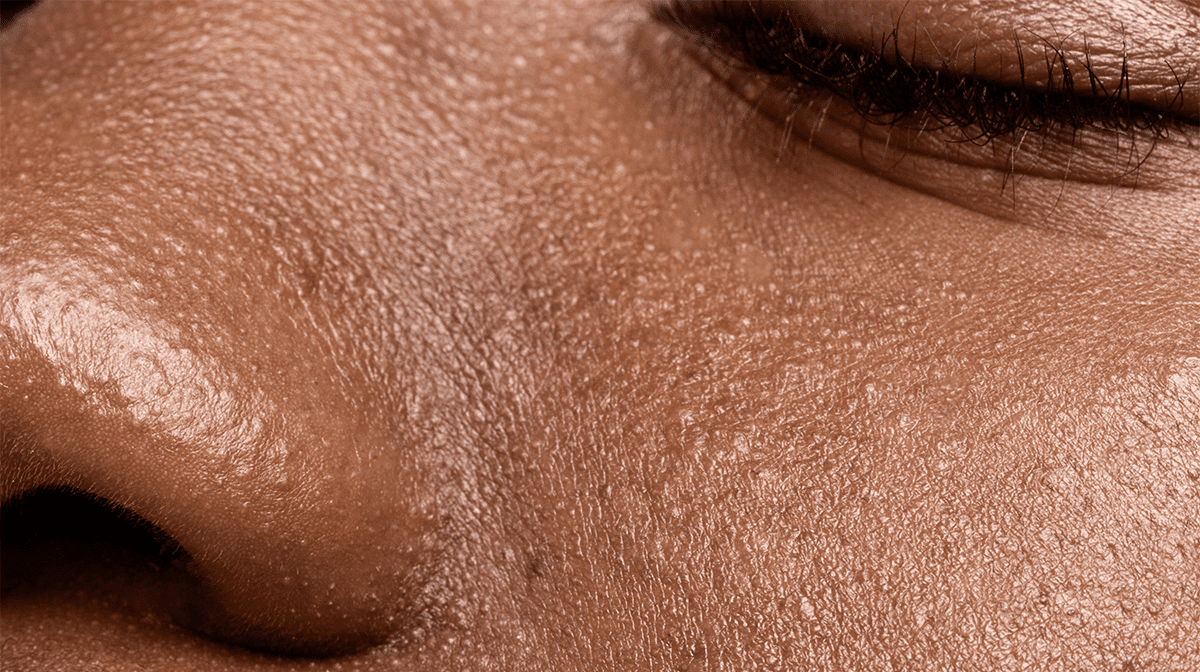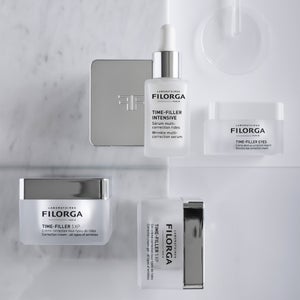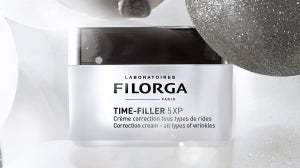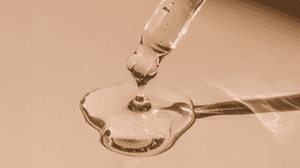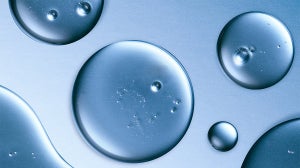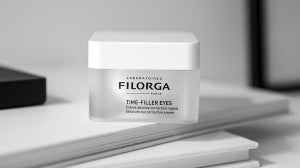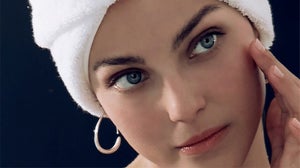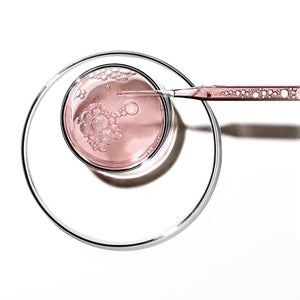
Excess sebum is a very common skin problem that is often blamed for acne and oily skin. With this in mind, it may seem tempting to reduce its production to the absolute minimum or even eliminate it altogether. But contrary to popular belief, sebum is very important for the skin, and while it's good to try and regulate it, it's not good to try and get rid of it. In this article, we'll take a closer look at what sebum is, what it's for, and why it's sometimes produced in excessive quantities. We'll also be giving some advice on the best ways to manage excess sebum and the products that can be applied on a daily basis to restore healthy skin.
What is sebum?
Sebum is an oily secretion made up of lipids like triglycerides, cholesterol, and fatty acids. It is secreted by the sebaceous glands and delivered to the skin's surface through our pores. Located in the dermis, the middle layer of the skin, these are almost always attached to a hair follicle. This combination is called the pilosebaceous unit.
The number of these glands remains constant in humans throughout life, but their size tends to increase with age, particularly during adolescence. This means sebum is produced in higher quantities, which is the main cause of acne.
Sebaceous glands are found all over the body, with the exception of the soles of the feet and the palms of the hands. Some parts of the body have more of them and therefore produce more sebum. Such as:
The T-zone;
The back and shoulders;
The scalp.

What is sebum for?
The various compounds found in sebum endow it with protective and antimicrobial properties. As a result, sebum plays an essential role in a number of ways:
It helps maintain epidermal homeostasis (a natural balance in the skin).
It helps keep the skin hydrated.
It lubricates hair, particularly the hair on our heads, which gives it its shine.
It protects the body from external stresses and pathogens. Its slightly acidic pH kills bacteria and microbes before they can penetrate the epidermis and spread throughout the body.
In parts of the body where the skin has independent sebaceous glands (meaning they are not attached to a hair follicle), sebum plays a supporting role in other physiological processes. One example is the eyelid, where sebum improves the lubricating properties of tears.
So, the skin clearly needs this natural oil to be able to look after itself. But like so many things to do with the human body, it all comes down to balance. Sebum produced in excess can cause skin problems or lead to pimples appearing on acne-prone skin.
What causes excess sebum?
The sebaceous glands we just described are greatly influenced by hormones produced by the body, particularly hormones known as androgens. This influence is especially evident during adolescence, but it is also noticeable later in life. In fact, an estimated 80% of people will suffer from acne at some point in their lives.
During puberty, the body produces more androgens, which in turn stimulate sebum secretion. The result of this process is the development of sebum plugs, which, combined with other factors, lead to the pimples and blackheads typical of acne. A person's hormonal makeup also varies depending on their sex. Men produce more testosterone, whereas women's hormones fluctuate in kind and quantity throughout their menstrual cycle (with a peak in sebum production a week before their period).
Also, excess sebum isn't only a problem for teenagers, and it doesn't only present as acne. It can result in greasy hair or oily skin that's more susceptible to imperfections like blackheads.
Furthermore, other factors can cause excess sebum production:
Time of year, sunshine, and outside temperatures. The skin secretes much more sebum in summer and spring than in winter and autumn.
A humid climate.
A poorly balanced diet.
Anxiety and stress.
A beauty routine that's inappropriate for combination or oily skin.
People with very dark skin generally have larger pores, which can result in increased sebum production. Meanwhile, people of Asian origin, particularly women, tend to have smaller, less tightly dispersed pores.
Hyperseborrhea can therefore have many causes, and science is not yet sure how to explain them all. But one thing is quite clear: since sebum is produced to protect the skin from external stresses, you should not try to get rid of it or completely offset its effects. Instead, you need to regulate its secretion by using appropriate cosmetic treatments.
What you can do on a daily basis to manage oily skin.
To tackle excess sebum and help keep your skin clear, FILORGA's experts recommend the following steps and products:
Don't irritate your skin.
To avoid further increasing sebum production, avoid overly abrasive treatments like grain scrubs. Cleanse your face with warm water and use a soft cloth to dry yourself.
If your skin tends to be shiny, use purifying, sebum-regulating ingredients like:
Zinc, which reduces sebum production.
Resurfacing acids (glycolic acid or azelaic acid, for example), which eliminate dead cells, tighten pores, and improve imperfections.
Antibacterial agents like achiote extract, which reduce skin inflammation.
You can also use a mattifying cream with a light texture, meaning it contains fewer greasy substances that could potentially combine with the sebum that's already there.
FILORGA treatments that help regulate excess sebum.
The following treatments are ideal:
Our SKIN-PREP AHA CLEANSING GEL helps to remove excess sebum from the skin. This is something you should use every evening.
Our light, mattifying creams like HYDRA-HYAL GEL CREAM, NCEF-REVERSE MAT, and TIME-FILLER 5XP GEL-CREAM help to tighten pores and regulate sebum production.
Our AGE-PURIFY INTENSIVE serum is specially formulated to treat imperfections. Our AGE-PURIFY fluid from the same range also provides protection against pollutants.
With the exception of the cleansing gel, we recommend using these treatments every morning and evening. Also, given that you don't necessarily need to use all the products on this list, we suggest you choose what best suits your needs.
So, as we've seen, hyperseborrhea affects both men and women. Its most common symptom is shiny skin on the face, which can also go hand in hand with pimples and blackheads. Excess sebum can't be eliminated, but it can be regulated by taking care of your face every day with products suited to oily skin.
Hoover E, Aslam S, Krishnamurthy K. Physiology, Sebaceous Glands. 2022 Oct 10. In: StatPearls [Internet]. Treasure Island (FL): StatPearls Publishing; 2023 Jan–. PMID: 29762994.
Endly DC, Miller RA. Oily Skin: A review of Treatment Options. J Clin Aesthet Dermatol. 2017 Aug;10(8):49-55. Epub 2017 Aug 1. PMID: 28979664; PMCID: PMC5605215.

